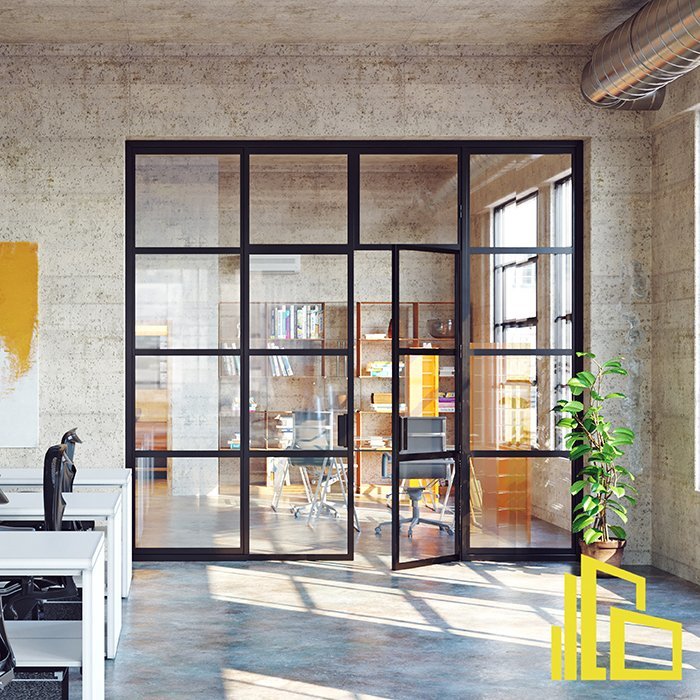If you are embarking on the path of architecture, windows are the silent masters that define the character of the room, blending design and function seamlessly. The kaleidoscope provides three distinct options: side-hung and fixed-frame windows. Each window has its own unique charm. They’re not just windows, they’re gateways to an era where design and innovation, and style dances along with practicality.
Pivot windows, which are often regarded as to be a new marvel in window design, provide a unique way of closing and opening. Pivot windows are distinct from traditional casement or sliding window styles. They move around the central point, providing the appearance of modern and chic to any room. The rotating movement permits flexible ventilation control which makes them a perfect option for those who want to strike the perfect balance between style and functionality.

The appeal of the pivot window is that it can be used as a focal point in a space. They are a wonderful way to add sophistication and modernity to any area, whether it’s a living space with a panoramic view, or even a bedroom. The clean design of pivot windows and their subtle functionality have them gaining popularity among homeowners and designers looking to make an impact in their living spaces.
Exploring Fixed Frame Windows:
Fixed frame windows, on the other hand they offer a different type of appeal. They’re designed to give a sense of permanence, giving unobstructed views and sunlight to flood the interior. One of the main characteristics of fixed frame windows is their inability to move – they don’t open. It could appear that this is a limitation but it serves a purpose. This is particularly the case in the areas in which energy efficiency, security and durability are of paramount importance.
Fixe frame windows shine in areas where maximising sunlight is important without compromising security. They’re tough, resistant to wear and tear and are strong in their structural integrity because of the absence of removable components. Furthermore, they boast excellent energy efficiency, helping to maintain a comfortable interior climate by minimizing heat loss or gain.
Side-hung Windows Give You a Modern Style:
Side-hung windows add a classic touch to window design. These windows, which swing open and are hinged on one side, not just add function but add a touch of traditional charm to any space. Side-hung windows are particularly advantageous for areas where accessibility is an issue or where a unique ventilation style is desired.
Side-hung windows are easy to clean and maintain due the moving mechanism. They’re a fantastic alternative for places that are difficult to access. Additionally, their capacity to spread wide allows for great ventilation, making them a go-to option for kitchens, bathrooms, or any other room where fresh air is a priority. See more at Fastkarm
The right window for your Space:
The decision between fixed frames, pivot windows and side-hung windows boils down to the specific requirements and preferences of the homeowner or architect. The pivot window is a fashionable and innovative option for those seeking to appear contemporary. Fixed frame windows are a great option if durability, energy efficiency, and security are the top priority. Side-hung windows are a great option to those who like the old-fashioned look and want practicality in their homes.
Conclusion Windows are more than just openings that allow you to see the world outside. They are also design elements which can completely change the look of an interior. The pivot, side-hung and fixed frame styles are only a few of the options available. Each one has distinct advantages and appeal. There’s a style of window that will suit your needs, no matter if you’re looking to create an eye-catching style statement, appreciate durability or prefer a traditional style.

